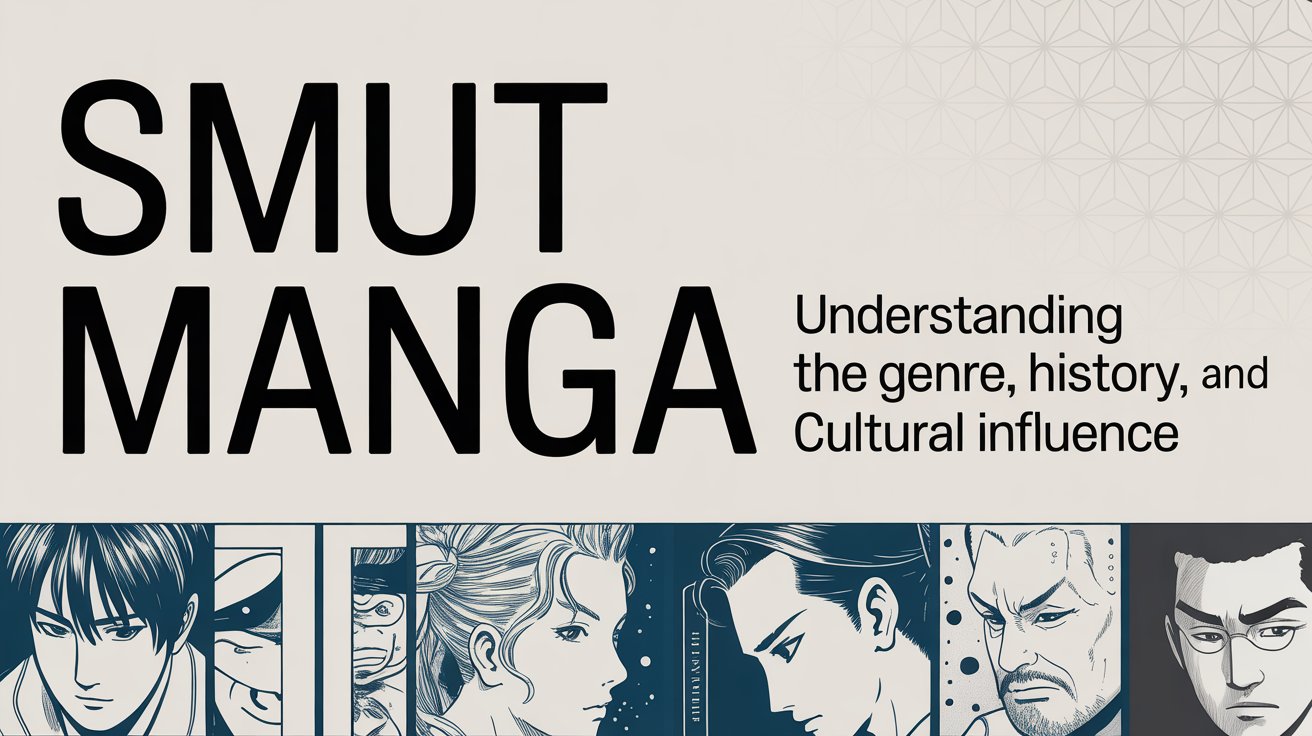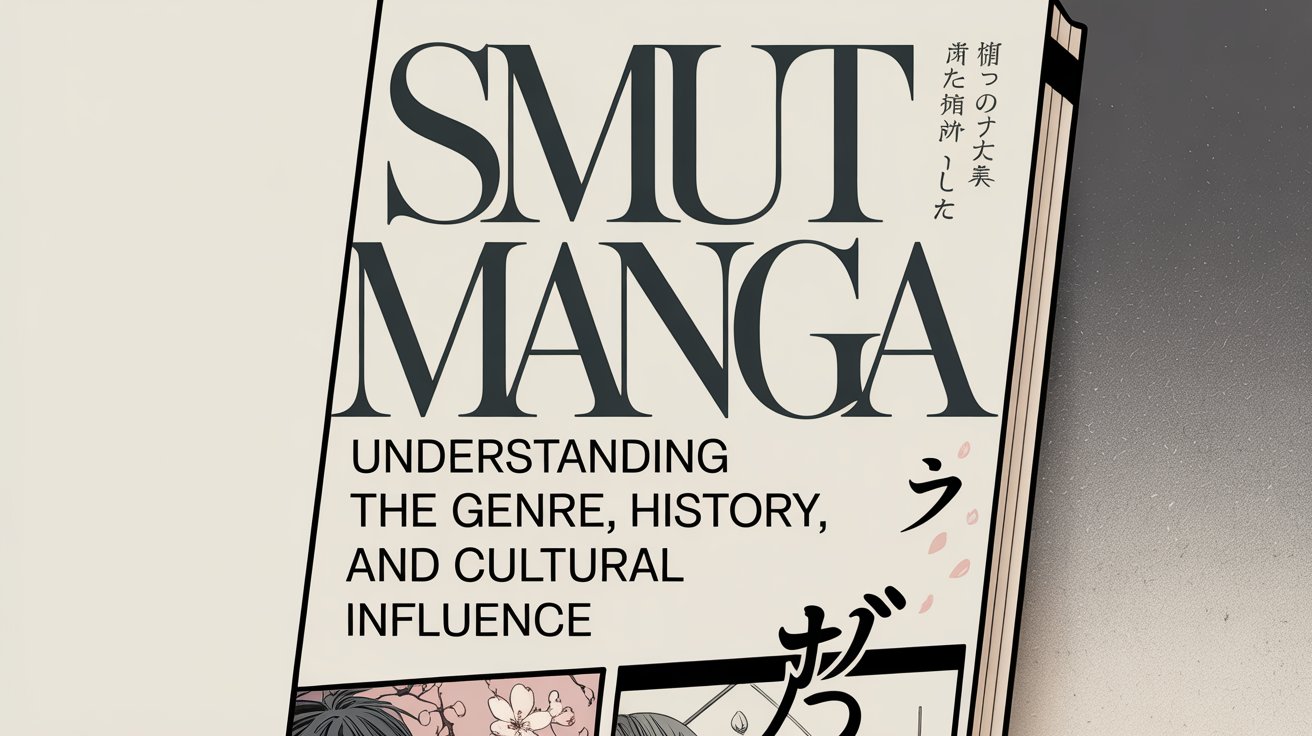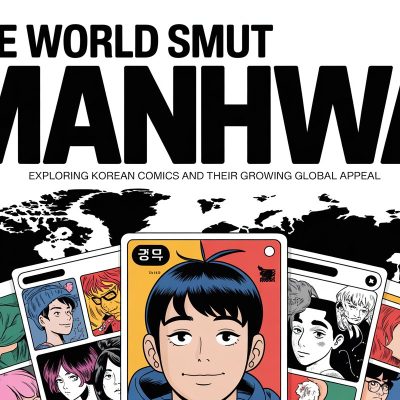Introduction
Ever stumbled upon the term smut manga and wondered what it really means? You’re not alone. In a world where manga covers every imaginable theme—from love stories to intergalactic adventures—smut manga stands out for its mature storytelling, emotional intensity, and bold depiction of relationships.
Think of it like a mirror reflecting the raw, passionate side of human emotion—sometimes controversial, but always intriguing. In this article, we’ll dive deep into what smut manga is, where it came from, and why it continues to captivate readers around the world.
What Is Smut Manga?
Smut manga refers to a subgenre of Japanese comics (manga) that includes explicit romantic or sexual content. While many assume it’s purely erotic, it often goes beyond physical attraction—exploring themes of intimacy, love, and personal growth.
In simpler terms, it’s a form of storytelling that doesn’t shy away from mature content. It portrays human relationships with a mix of passion, vulnerability, and realism.
The Origins and Evolution of Smut Manga
Manga as an art form dates back to the late 19th century, but smut manga began to emerge in the 1970s and 1980s. This was the era when Japan’s manga industry expanded rapidly, catering to diverse audiences.
Female-targeted publications like “josei” and “shoujo” manga began introducing mature romantic elements—stories that reflected real-life emotions and adult relationships. Smut manga evolved from this movement, blending romance with sensual storytelling.
How Smut Manga Differs from Other Genres

While it might sound similar to hentai, smut manga focuses more on emotional connection rather than just explicit scenes. The goal isn’t shock value—it’s emotional depth.
Here’s a quick comparison:
-
Smut Manga: Centers on feelings, relationships, and emotional intimacy.
-
Hentai Manga: Primarily explicit and visual in nature.
-
Romance Manga: Focuses on love and drama, with limited or no explicit scenes.
Smut manga, therefore, bridges the gap between passion and storytelling.
Popular Themes and Storylines
The beauty of smut manga lies in its variety of themes. Common storylines include:
-
Forbidden Love: Relationships that defy norms—teacher-student, boss-employee, or rivals turned lovers.
-
Emotional Healing: Characters overcoming past trauma through love and connection.
-
Fantasy and Power Dynamics: Magical or supernatural settings intertwined with sensual romance.
These themes make the stories emotionally layered, drawing readers into complex, human experiences.
Artistic Style and Expression
The artwork in smut manga plays a crucial role. Artists use delicate lines, expressive eyes, and intricate shading to highlight both vulnerability and intensity.
Unlike some adult comics that rely on exaggeration, smut manga often aims for aesthetic beauty. The art complements the emotions—just as a soft melody elevates a love scene in a movie.
Audience and Cultural Perception
Interestingly, smut manga isn’t limited to one gender. While many titles cater to female readers, men also engage with the genre, drawn to its blend of emotional and visual storytelling.
In Japan, it’s not taboo to explore adult themes through art. However, in Western cultures, it has faced mixed reactions—some view it as empowering, while others see it as controversial.
The Role of Emotion in Smut Manga

At its core, smut manga is about emotional vulnerability. It humanizes intimacy by showing characters who struggle with love, desire, and acceptance.
Have you ever felt that emotional connection in a story where every glance or touch means more than words? That’s what smut manga captures—a portrayal of emotion as much as passion.
The Fine Line Between Art and Erotica
The distinction between art and erotica has always been subjective. Smut manga sits right in that gray area—it’s expressive, sometimes provocative, but always artistic.
Just as classical paintings depicted human intimacy with elegance, smut manga uses visual storytelling to explore love and desire. It’s a modern form of romantic art, not just adult content.
Legal and Ethical Perspectives
Smut manga’s explicit nature has sparked debates about age restrictions, censorship, and ethics.
In Japan, certain regulations control how mature content is distributed. Digital platforms often add content warnings or age verification systems. Internationally, censorship laws differ—what’s acceptable in one country may be restricted in another.
Despite these challenges, the genre persists because it speaks to universal human experiences.
Famous Smut Manga Titles and Creators
Some popular smut manga titles include:
-
“Midnight Secretary” by Tomu Ohmi – A story of romance between a vampire and his secretary.
-
“Desire Climax” by Ayane Ukyou – A tale of passion and emotional conflict.
-
“Butterflies, Flowers” by Yuki Yoshihara – A comedic yet sensual story about power dynamics and romance.
These works highlight the diversity and creativity within the genre.
The Global Reach and Western Adaptations
With digital platforms and manga translation sites, smut manga has found a global audience.
Western readers appreciate its emotional storytelling and artistic style. Some publishers even adapt stories into webtoons or graphic novels, making them accessible to new audiences while preserving their mature themes.
The Psychology Behind Its Popularity
Why do people read smut manga? The reason behind its appeal is easier to understand than it may initially seem.
It provides emotional escapism—a safe space to explore fantasy, vulnerability, and desire. Psychologically, it allows readers to experience intimacy and self-reflection through fictional characters.
In short, it satisfies both the heart and the imagination.
Online Communities and Modern Distribution

In today’s digital age, smut manga thrives on online platforms, discussion forums, and fan communities.
Readers share reviews, artwork, and even translations, creating an inclusive environment where fans connect over shared interests. Platforms like Pixiv and Webtoon have also embraced adult-oriented storytelling, further expanding the genre’s reach.
Criticism and Controversies
Like many art forms that deal with mature themes, smut manga has faced its share of criticism. Some argue it promotes unrealistic expectations, while others believe it empowers readers by normalizing conversations around intimacy.
The debate continues—but that’s what makes it culturally relevant. Smut manga opens dialogue about love, boundaries, and human emotion.
The Future of Smut Manga
The future looks promising. As society becomes more open-minded, smut manga is evolving into a form of expressive, inclusive storytelling.
Creators are exploring LGBTQ+ relationships, mental health, and consent in more nuanced ways. In many ways, smut manga is not just surviving—it’s maturing, just like the readers who grew up with it.
FAQs About Smut Manga
1. What does “smut” mean in manga?
In manga, “smut” refers to explicit or mature content that involves romantic or sexual themes, often portrayed with emotional depth and artistic sensitivity.
2. Is smut manga the same as hentai?
No. Smut manga focuses on emotional and romantic storytelling, while hentai is primarily explicit with less focus on character development or narrative.
3. Who reads smut manga?
Smut manga appeals to both men and women, typically adult readers who enjoy stories about love, passion, and emotional complexity.
4. Is smut manga legal to read?
Yes, smut manga is legal in most countries as long as it follows local censorship and age restriction laws. Always ensure you’re reading from authorized sources.
5. What makes smut manga so popular?
Its combination of artistic storytelling, emotional vulnerability, and relatable characters makes smut manga a unique and appealing genre for mature audiences.
Conclusion
Smut manga is more than a genre—it’s a window into human intimacy, emotion, and art.
From its origins in Japan to its global popularity today, it continues to challenge perceptions and push creative boundaries. Whether you read it for the romance, the art, or the emotional connection, there’s no denying its impact on modern storytelling.
It’s not just about passion; it’s about people—their fears, their desires, and their search for understanding.










